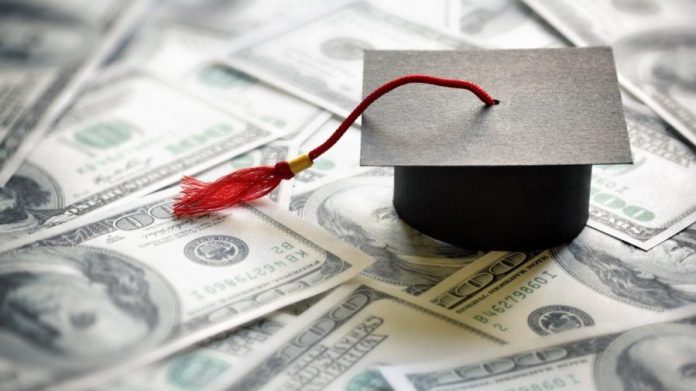
The Senate’s version of President Trump’s “big, beautiful bill” passed on Tuesday would make significant changes to student loan programs, worrying advocates that borrowers will face higher monthly payments.
The reconciliation bill revamps the types of student loan repayment plans available to borrowers; how much students will be able borrow from the federal government and how student loan deferment works.
The massive package now heads back to the House. If passed it its current form, it would represent some of the biggest changes to the student loan system in years.
What changes would be made?
In the megabill’s current form, student loan repayment options would dwindle down to two in the next few years.
Multiple popular plans, such as the Biden administration’s SAVE option, would be phased out in favor of either a new Repayment Assistance Plan or a standard plan. Borrowers would have to choose one of those plans between July 2026 to July 2028.
The standard plan would give a borrower a loan with a life span depending on the amount borrowed, typically between 10 to 25 years. The new Repayment Assistance Plan would require 30 years of payments before student loan forgiveness is allowed, up from 20 to 25 years in previous options.
The legislation also eliminates the Graduate PLUS Program, which allows students going to graduate or professional school to cover the full cost of attendance. Instead, a cap of $100,000 will be put on lifetime loans for graduate students, and $200,000 for medical and law students.
Parent PLUS loans will also be capped at $65,000 and will not be eligible for repayment programs.
Borrowers struggling to repay their loans will no longer be able to defer due to unemployment or economic hardship, but it would also give borrowers the ability to rehabilitate defaulted loans twice instead of the current one time that is allowed.
Other changes include eligibility for Pell Grants, excluding those who receive full rides to a university and adding individuals who enroll in workplace training programs.
“President Trump and I want to preserve the American Dream for working and middle America,” said Sen. Bill Cassidy (R-La.), chair of the Senate Health, Education, Labor, and Pensions (HELP) Committee.
“We keep taxes low, cut taxes on tips, overtime, and Social Security, extend the Child Tax Credit, fix our broken education system, support our military, secure our border, and build a business environment that creates better paying jobs — especially in Louisiana,” Cassidy added.
What this means for borrowers
Borrowers will have to switch their plans over a two-year period, with those currently on an income-based repayment plan able to keep their 20- to 25-year window for forgiveness. Payments made under old plans would still count towards the timeline for new plans.
But advocates warn the new plans will raise the monthly payments for most borrowers.
“This reconciliation bill will be catastrophic for millions of Americans by restricting access to higher education and exacerbating the student debt crisis for both federal and private student loans,” said Student Debt Crisis Center President Natalia Abrams. “While it is difficult to imagine how much worse the student debt crisis can become, this reconciliation bill does exactly that.”
The changes to student loan deferrment will leave borrowers experiencing hardship in a precarious situation as the Repayment Assistance Plan gives no option to reduce payments down to $0 during times of struggle.
Advocates worry the caps on federal lending for graduate students will also turn prospective students away from higher education or push them towards private loans, which come with higher interest rates and can be difficult for some to obtain.
“This bill is a dangerous attack on students, working families, and communities across the country. By gutting financial aid programs, shredding the student loan safety net, weakening protections, and pushing millions of students and families into the riskier and more expensive private student loan market, policymakers are doubling down on a rigged system where a quality higher education is reserved for the richest Americans while the rest of us are left to fend for ourselves and forced to take on a lifetime of debt. Americans won’t forget this betrayal,” said Aissa Canchola Bañez, policy director for Student Borrower Protection Center.

